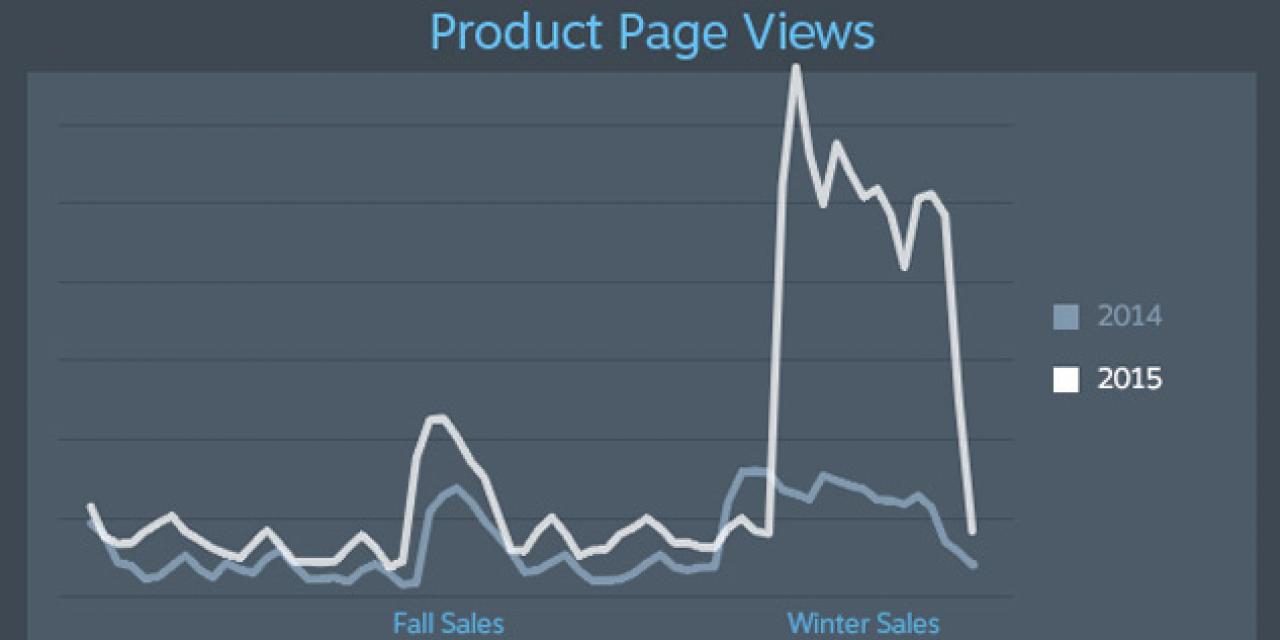
If like most post-Christmas periods, your wallet feels a little light right now, that's probably partly to do with the Steam Winter Sale, which always saps whatever funds I have left after buying everyone gifts - and sometimes a little before.
But this year's Winter sale was quite different, as it lacked a lot of the gamification we've noted of Steam sales in the past and Valve killed off the flash sales that were designed to have people checking prices every day or every few hours to try and get the best deal.
While this might seem counter-intuitive, it's long been suggested by gamers that they not buy during regular sales periods and wait for flash sales anyway, so it may be that that system wasn't particularly effective. Indeed that appears to be true if the out to developers (and leaked to the public) is anything to go on.
The big change with this system is that people looked at way more games. Three times in fact. With all of those discounts available at all times, there was always lots to choose from, so people who wouldn't check every day could find lots of games they wanted to buy straight away.
This led to a big increase in the use of Wishlists to organise titles people might like to buy in the future.
In turn, more games sold far more copies than usual, marking a big upturn in profit for the big, popular games, but also more revenue for smaller developers too. Games outside the top 500 earners on Steam managed to pull in 35 percent more revenue with this sale model than with the old one.
It looks like long-term pricing during sales will continue in the future.








